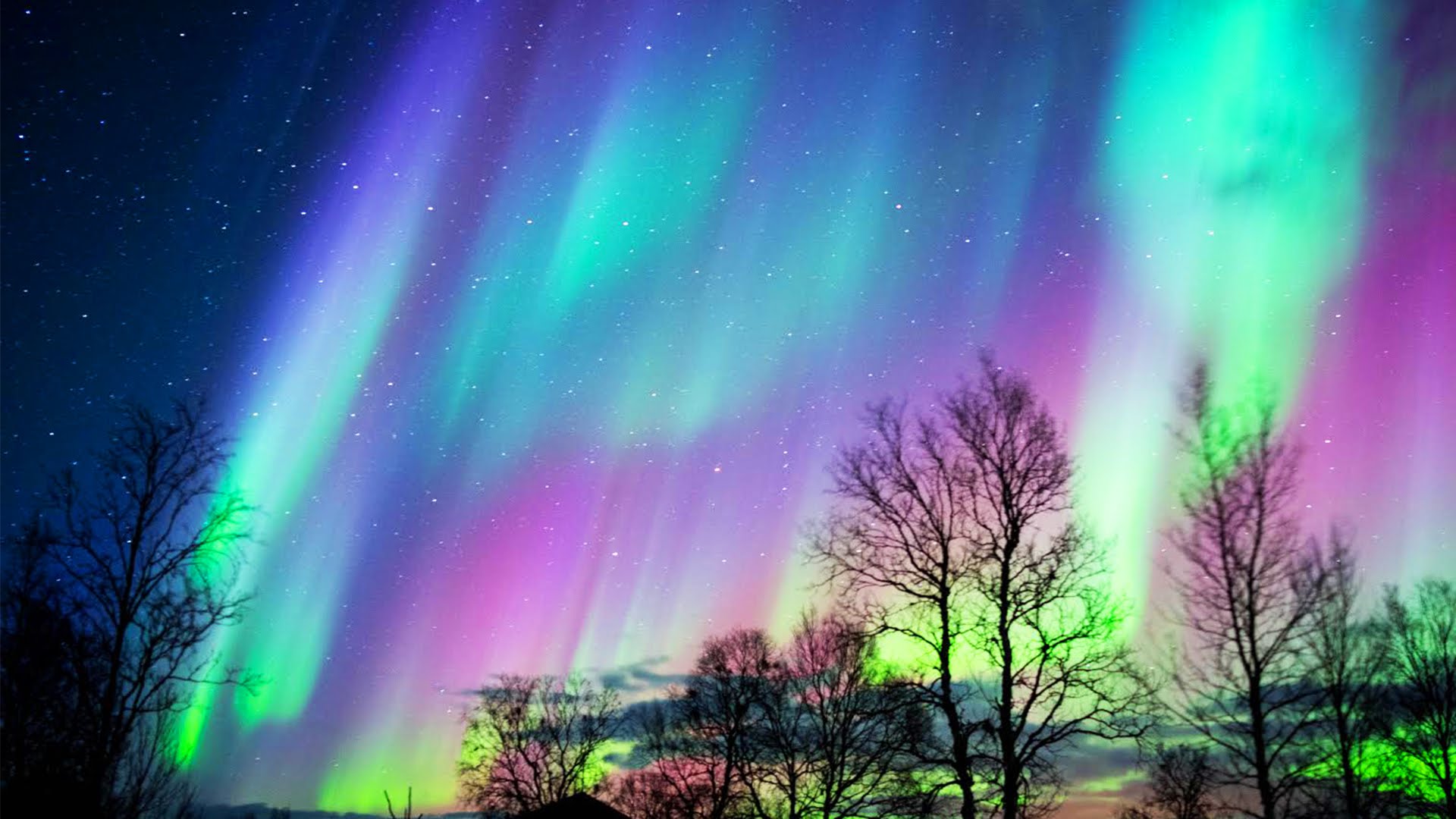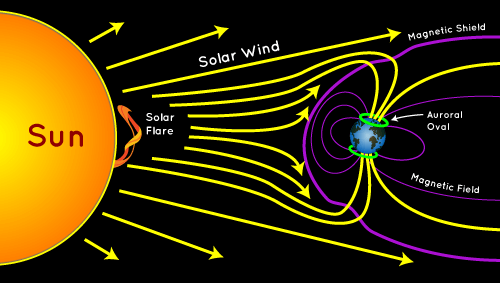The Aurora Borealis: Nature's Most Spectacular Light Show

What are the Northern Lights?
Imagine curtains of green, blue, and red light dancing across the night sky like cosmic ballet performers! The Aurora Borealis, or Northern Lights, are one of nature's most breathtaking displays. In Thunder Cloud Summer, these mysterious lights become the gateway to another world - but in real life, they're created by an incredible dance between the Sun, Earth's magnetic field, and our atmosphere!
These shimmering lights have amazed people for thousands of years. Ancient cultures created legends to explain them - some thought they were spirits dancing across the sky, others believed they were reflections from the shields of warrior gods. Today we know the real science behind this magic, and it's just as amazing as any legend!
Aurora Quick Facts
- Height: 60-400 miles above Earth's surface
- Colors: Green (most common), red, blue, purple, and rarely yellow
- Best viewing: Late fall through early spring in northern regions
- Duration: Can last from minutes to hours
The Science Behind the Lights
The Aurora Borealis is created by a three-step cosmic dance between the Sun, Earth's magnetic field, and our atmosphere:
Step 1: Solar Wind
The Sun constantly sends out a stream of charged particles (mostly protons and electrons) called the solar wind. These particles race through space at speeds of 250-500 miles per second!
Step 2: Magnetic Field Interaction
When these charged particles reach Earth, they encounter our planet's magnetic field - an invisible shield that protects us from most solar radiation. The magnetic field deflects most particles, but some get funneled toward the North and South Poles.
Step 3: Atmospheric Collision
The charged particles slam into gas molecules in Earth's atmosphere, transferring energy to them. When these energized molecules release that energy, they emit light - creating the beautiful aurora!

Image Courtesy of NASA SpacePlace https://spaceplace.nasa.gov/aurora/en/
Why Different Colors?
The colors of the aurora depend on which gases the solar particles hit and at what altitude:
- Green (most common): Oxygen atoms at 60-180 miles high
- Red: Oxygen atoms at higher altitudes (180-250 miles)
- Blue and Purple: Nitrogen molecules at lower altitudes
- Pink: A mix of red oxygen and blue nitrogen
- Yellow (rare): A blend of red and green oxygen emissions
It's like nature's own chemistry set - different elements create different colors when they get excited by energy!
Aurora Borealis in Thunder Cloud Summer
In Thunder Cloud Summer, Ben witnesses an aurora display unlike any ever recorded. The story captures several real aspects of aurora behavior:
- Sudden intensity changes: Real auroras can quickly become much brighter during solar storms
- Unusual colors: Major space weather events can create rare color combinations
- Strange patterns: Auroras can form unusual shapes during extreme events
- Ground effects: Very strong auroras have been known to make crackling sounds and even interfere with electronics
While real auroras can't open portals to other worlds, they do respond dramatically to space weather events. Major solar storms have created auroras visible as far south as the Caribbean!
Auroras Around the World
Aurora Borealis vs. Aurora Australis
- Aurora Borealis: Northern Lights seen from northern regions (Alaska, Canada, Scandinavia)
- Aurora Australis: Southern Lights seen from southern regions (Antarctica, southern tip of South America)
- Mirror effect: Both occur simultaneously, mirroring each other at opposite poles
- Best viewing: Areas within the "auroral ovals" around each magnetic pole
Cultural Stories
Different cultures have created beautiful legends about auroras: the Inuit believed they were spirits playing soccer with a walrus skull, the Norse thought they were reflections from the armor of the Valkyries, and some Native American tribes saw them as dancing spirits of their ancestors.
Try it Yourself!
1. The Earth's Magnetic Field
Materials:
- Bar magnet
- Iron filings or small metal paperclips
- White paper
- Colored pencils or markers
Instructions:
- Place the magnet under the paper
- Sprinkle iron filings on top of the paper over the magnet
- Gently tap the paper to help the filings align
- Observe how the filings create curved lines from pole to pole
- Draw the pattern and color it like aurora - green near the middle, red at the edges
What This Shows:
The iron filings show Earth's magnetic field lines! Charged particles from the Sun follow these invisible highways, getting funneled toward the poles where they create auroras.
Safety Note: Iron filings can be messy - work over newspaper and wash hands afterward.
2. Pastel Aurora
Materials:
- Black Construction Paper
- Oil Pastels
- Scissors
- Paper Towels
Instructions:
In this activity you will create a colorful drawing of an aurora with oil pastel pens. This activity is explained in detail (with great illustrations) at the NASA SplacePlace site: https://spaceplace.nasa.gov/pastel-aurora/en/Want to Learn More?
- NASA Space Place - Auroras - Kid-friendly aurora science
- NOAA Space Weather - Real-time aurora predictions and alerts
- Exploratorium Auroras - Interactive aurora activities
- University of Alaska Aurora Forecast - Scientific aurora predictions